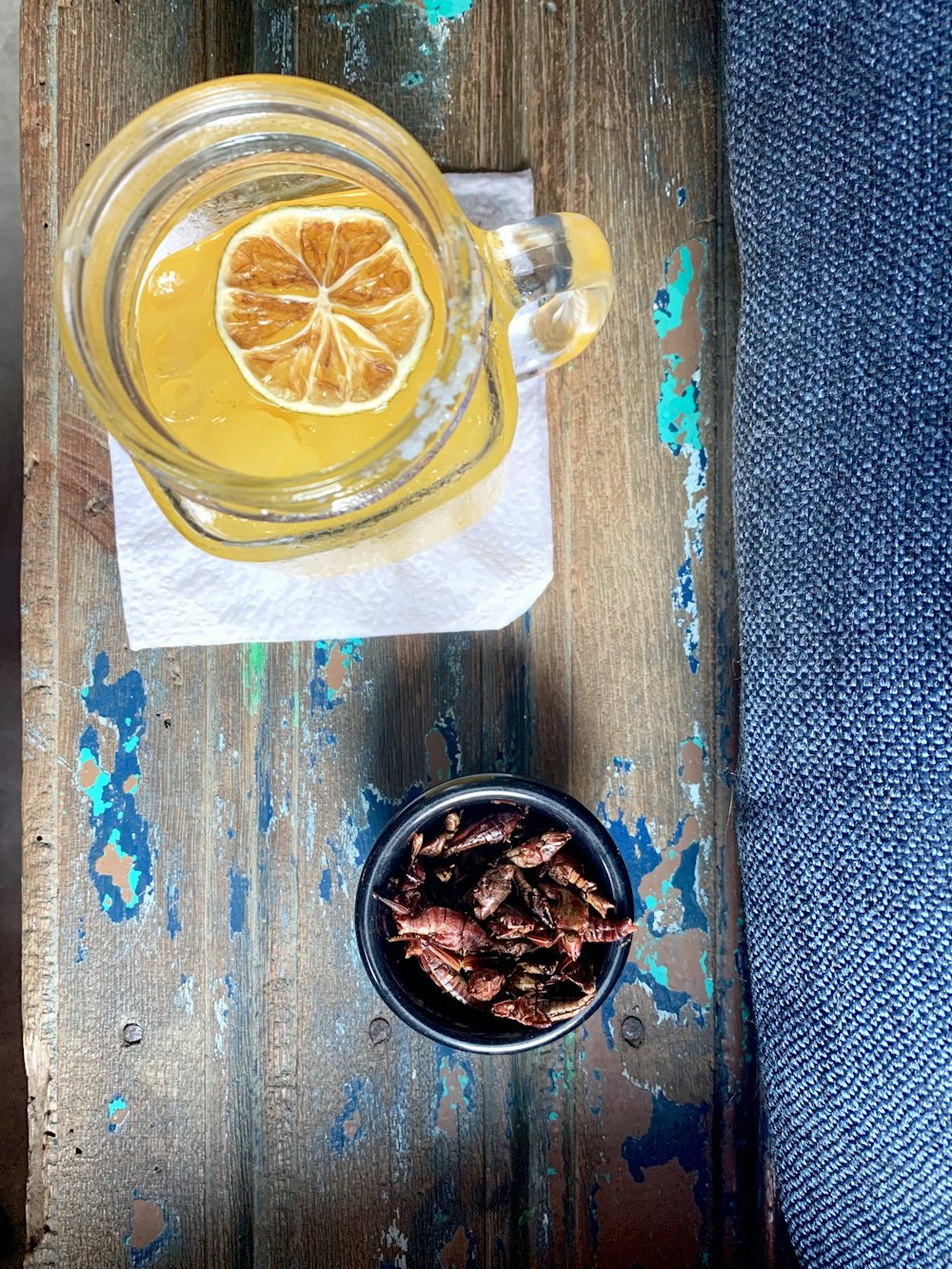Crickets: Good For the Planet…and For Us?

Crickets: they’re everywhere, even if we don’t think about them until they’re somewhere in the house at midnight. At the end of the day, no matter how much they may annoy us, they’re still everywhere and that could be a good thing.
Currently, scientists think the world will be home to over 9 billion humans by 2050, which would require us to produce almost double the amount of food we currently are. Unfortunately, a lot of our protein sources are unsustainable at current production methods: animal agriculture releases a lot of carbon dioxide and impacts our waterways by releasing pollutants into them. Even seafood production is currently unsustainable, with oceans being over fished and endangered sea life getting caught in the mix. It is going to become harder to produce the food we need, especially protein.

One proposed solution? Crickets.
Today, eating bugs seems weird to many of us, at least in North America. However, many cultures in Africa, Asia, and South America still eat bugs, and people have been eating bugs for thousands of years. Hunters and gatherers ate bugs, the Ancient Romans and Greeks ate cicada larva, and it’s even encouraged in the Bible.
People have been snacking on bugs since human-life began, and for good reason. They are found everywhere, there are a lot of them with over 2100 species being edible, and they’re actually full of nutrients.
On average, edible insects are about 60% protein, while beef is about 54%, and chicken 43%. The main difference between traditional meat and bugs are the fats: meat typically has more unhealthy saturated fatty acids, while bugs have more healthy unsaturated fatty acids. Additionally, bugs have insoluble fiber in their exoskeletons, which helps with digestion and immune health. Finally, bugs like crickets and grasshoppers have higher levels of absorbable minerals like iron, calcium, magnesium, and zinc, and higher levels of a range of vitamins. In particular, crickets have high levels of B12, which helps keep your energy up.
So, health wise? Bugs win… and they’re a win for the planet, too.
Bugs For the Planet
Right now, about 18% of greenhouse emissions comes from livestock production. Additionally, one-third of land around the world is used for livestock, with 40% of crops going towards feeding livestock. The rearing of livestock is also a major contributor of water pollution, and results in a lot of waste, both water waste and solid waste.
Bugs, on the other hand, need a lot less land, a lot less food, and a lot less water. For land, you only need fifteen square meters per one kilogram of bug protein; for cattle, you need 200 square meters. For feed, one kilogram of bug protein only needs 1.7 kilograms of feed, a fifth of that needed by cattle. And water? Bugs are drought-resistant, and they don’t need antibiotics, so there would be no water pollution.

How to Start Exploring Bugs
First and foremost, be safe! Don’t just pick a bug off the sidewalk and eat it; get them from reputable sources and if you’re allergic to shellfish or dust, be extra careful. Many bugs are related to shellfish and parts of insects are usually in dust, so talk to your doctor first.
Now, there are a lot of ways you can go about trying insects for the first time. Some restaurants do serve insects in various forms, but you can also buy them online, and find recipes online too.
Bugsfeed has a great director of restaurants and stores that sell insects, which can be found here.
CricketFlours sells insect powder that you can use as a flour, and then even sells a brownie mix and all-purpose flour for baking. Baking with the powders is a good way to get some extra protein into your baked goods, and while I’ve never tried baking with insects, I imagine even enough chocolate could mask the taste. If you’re hesitant based on taste, EatCrickster has a great guide on what different insects taste like.
Finally, TreeHugger has a fantastic list of different insect products to try, from powders to bars to chips.
While we’re still far off from insects as food being the norm, it might be helpful to start getting used to the idea now, the same way we get used to the grasshopper in the house at midnight.


Leave a Reply